As a 2021 Turing Award winner (also known as the Nobel Prize of computing) and one of the founders of the Top 500 List that ranks the world's most powerful supercomputers, Dongarra's views on the future of supercomputing are important guides for both the scientific community and the industry at large.
Hybrid Computers - Solutions for the Future
According to Dongarra, the next generation of supercomputers will not simply be a traditional hardware upgrade, but a smart combination of classical computing systems with quantum technology and artificial intelligence (AI).
This is considered a decisive step to overcome the current limits of Moore's Law, when transistor miniaturization has almost reached a physical barrier.
Dongarra emphasizes that the future of supercomputing lies not in completely replacing classical systems with quantum computers, but in a harmonious combination of both.
He describes this hybrid system as a multi-layered computing machine, where each component will take on tasks best suited to its characteristics.
In Dongarra's vision, quantum processing units (QPUs) would act as “specialized accelerators” for complex optimization problems, particularly in molecular simulations to discover new drugs or materials.
These problems are exponentially complex, making them difficult for even today’s most powerful supercomputers to solve. However, quantum computers, which can take advantage of quantum superposition and entanglement effects, can handle them much more efficiently.
Meanwhile, traditional CPUs and GPUs will continue to handle the main computing tasks, processing big data and performing AI algorithms. This reasonable division of labor not only optimizes performance but also helps to make the most of the strengths of each type of processor.
One of Dongarra’s most unique perspectives is the role of AI in the supercomputer system of the future. He sees AI not as simply an application running on a supercomputer, but as the “glue” that connects and coordinates the entire system.
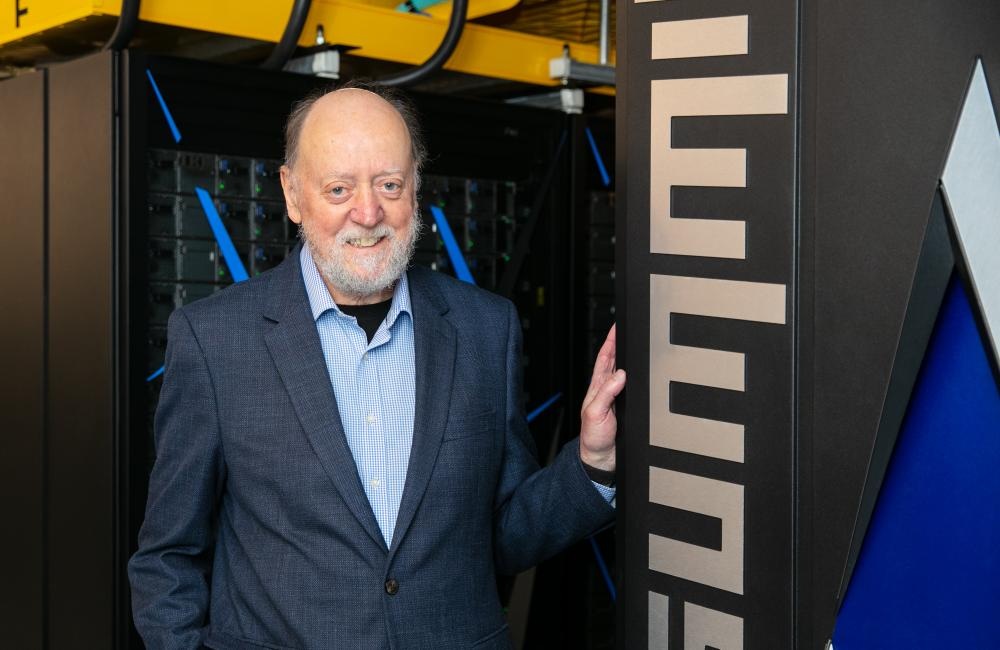
Jack Dongarra plays a key role in high-performance computing (Photo: US Department of Energy).
According to Dongarra, AI will optimize supercomputers in real time, using predictive modeling techniques to intelligently allocate resources. The system will be able to automatically decide when to use classical processors, when to switch to QPUs, and how to coordinate them for optimal efficiency.
This vision is being realized through many pioneering projects.
Semiconductor giant Nvidia and Quantum Machines have just introduced the DGX Quantum system, tightly connecting quantum controllers with AI superchips in just a few microseconds.
The system enables real-time quantum error correction and AI-based quantum processor calibration, opening up new possibilities for hybrid quantum-classical applications.
New challenges in the global technology race
Dongarra also did not shy away from discussing the challenges facing the supercomputing industry, such as a lack of research funding and international competitive pressure, especially from China.
China's recent advances in this field, such as the Jiuzhang quantum computer that can perform tasks 180 million times faster than the most powerful supercomputer, or the Zuchongzhi 3.0 quantum processor with 105 qubits, have sounded a wake-up call for Western countries.
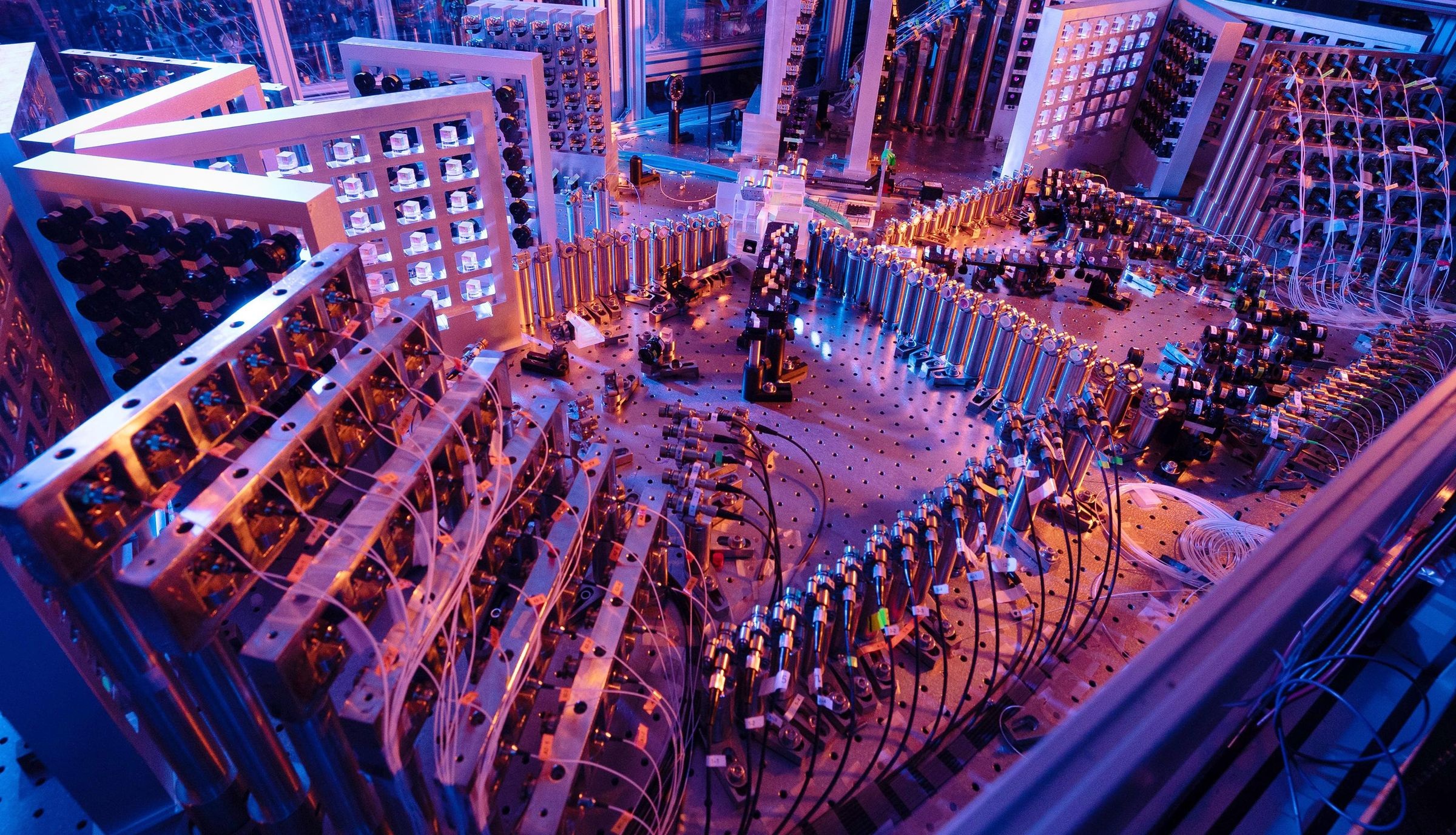
China's Jiuzhang quantum computer can perform tasks 180 million times faster than the most powerful supercomputer (Photo: Spectrum)
The awarding of this year's Jack Dongarra Early Career Award to Dr. Lin Gan of Tsinghua University (China) for his contributions to HPC algorithms that bridge classical and quantum systems further affirms the global nature of this race.
Dongarra calls for increased international cooperation through organizations like the North American Artificial Intelligence (NAAI), which he recently joined, to promote the ethical integration of AI into supercomputers.
Dongarra points to equally important challenges in developing human resources. There is still a huge shortage of talent with interdisciplinary expertise in AI, quantum computing and HPC.
While initiatives like the Texas Quantum Program are expanding the talent pool, widespread readiness is still a long way off.
Furthermore, integrating AI, HPC, and quantum technologies into unified workflows requires complex infrastructure coordination that slows down deployment. Cybersecurity is also becoming more complex as these hybrid systems can be targeted from multiple directions.
Breakthrough applications await
The potential of hybrid supercomputing systems is not just theoretical. Practical applications are being developed at a rapid pace, from drug discovery to climate modeling, from financial optimization to advanced materials development.
In the medical field, hybrid systems can simulate complex molecular reactions to find new pharmaceutical compounds more quickly and accurately.
For climate change, the ability to process global climate models at high resolution will help scientists better predict and respond to extreme weather events.
In finance, quantum optimization algorithms could revolutionize risk analysis and portfolio management. And in materials research, the ability to simulate atomic structure at an unprecedented level could pave the way for superconducting materials, high-energy batteries, and advanced alloys.
To realize this vision, Dongarra stressed the importance of building the right infrastructure. This includes not only advanced hardware but also middleware to integrate quantum circuits with classical computing resources.

Japan's ABCI-Q supercomputer (Photo: Wccftech).
Supercomputing centers around the world are actively deploying this hybrid infrastructure. Japan's Global Research and Development Center for Quantum-AI Business Technology (G-QuAT) with its ABCI-Q supercomputer equipped with 2,020 Nvidia H100 GPUs, integrated with Fujitsu's superconducting quantum processors, QuEra neutral atom processors, and OptQC photonic processors.
Similarly, European projects such as Germany’s Jupiter supercomputer, Japan’s Fugaku, and Poland’s PSNC have all begun integrating quantum computing hardware. Denmark’s announcement of plans to build the Magne quantum supercomputer with an initial 50 logical qubits, in collaboration with Microsoft and Atom Computing, also reflects this global trend.
Get ready for a new era that is beginning
Dongarra predicts that the 2025-2030 period will see an explosion of quantum-AI hybrid applications.
Initial use cases will include quantum generative adversarial networks for drug discovery, reinforcement learning powered by quantum subroutines, and quantum-enhanced optimization solvers applied to real-world logistics problems.
IBM, with its quantum roadmap, expects to make significant breakthroughs this year, removing some of the biggest barriers to scaling quantum hardware.
By 2026, IBM's Kookaburra chip will create a 4,158 qubit system, marking a major leap forward in quantum computing capabilities.
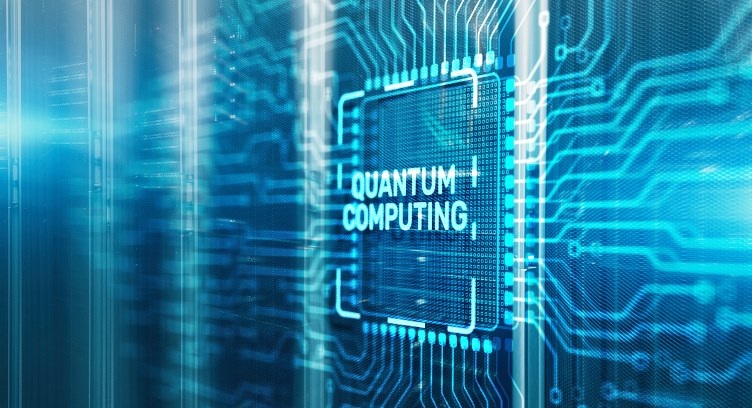
Jack Dongarra’s vision of the future of supercomputing is not just a scientific prediction, but also a call to action. The combination of classical, quantum, and AI computing will create unprecedented computing capabilities, opening the door to solving humanity’s greatest challenges.
As Jack Dongarra has said, we are entering a new era of computing, where the boundaries between what is possible and what is not possible will be completely redefined. The question is not whether this will happen, but whether we are ready to seize it.
Source: https://dantri.com.vn/khoa-hoc/cach-ai-luong-tu-va-tinh-toan-co-dien-dinh-hinh-lai-sieu-may-tinh-20250807140924177.htm



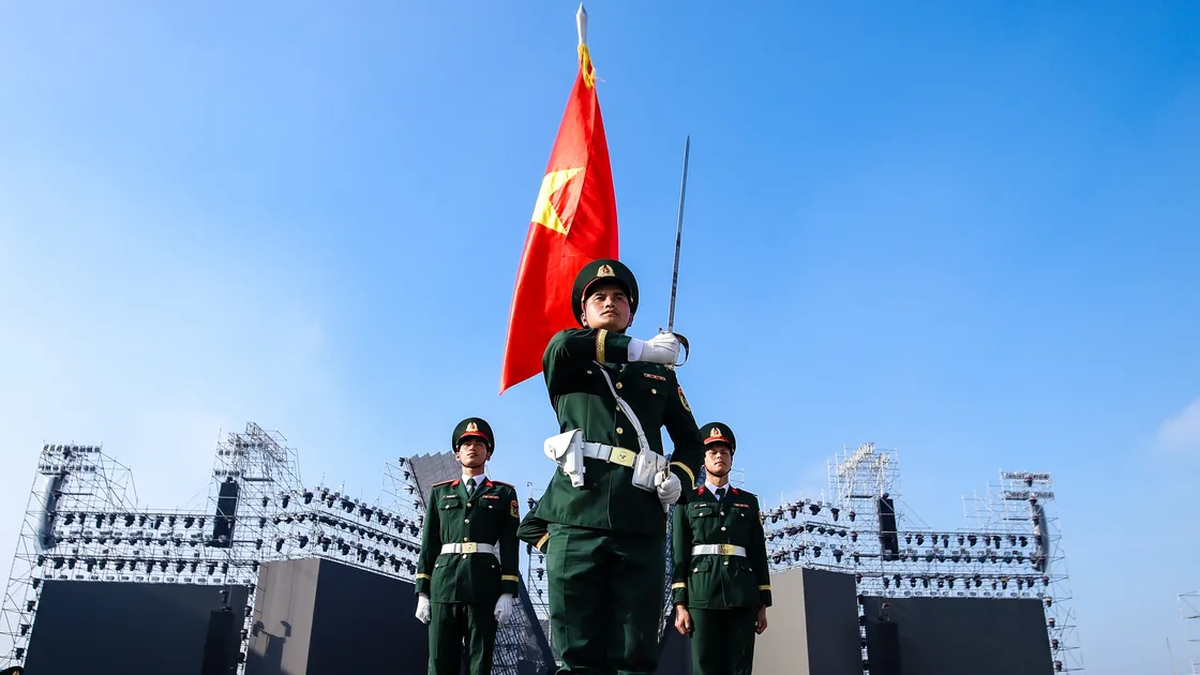
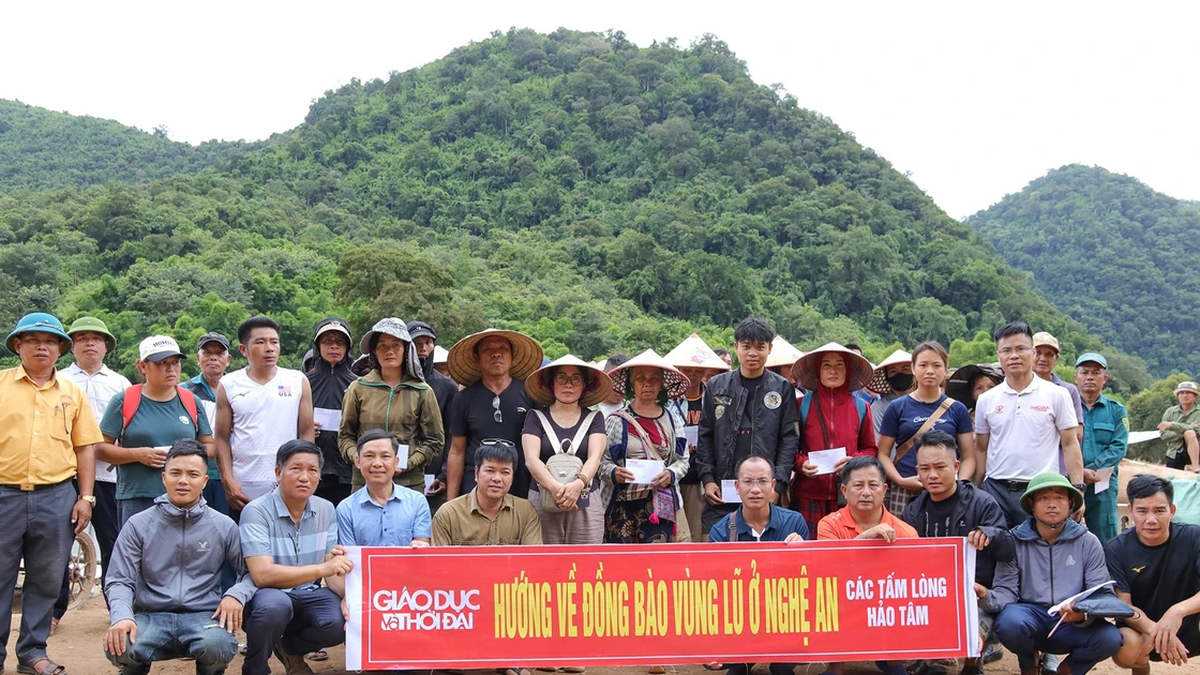

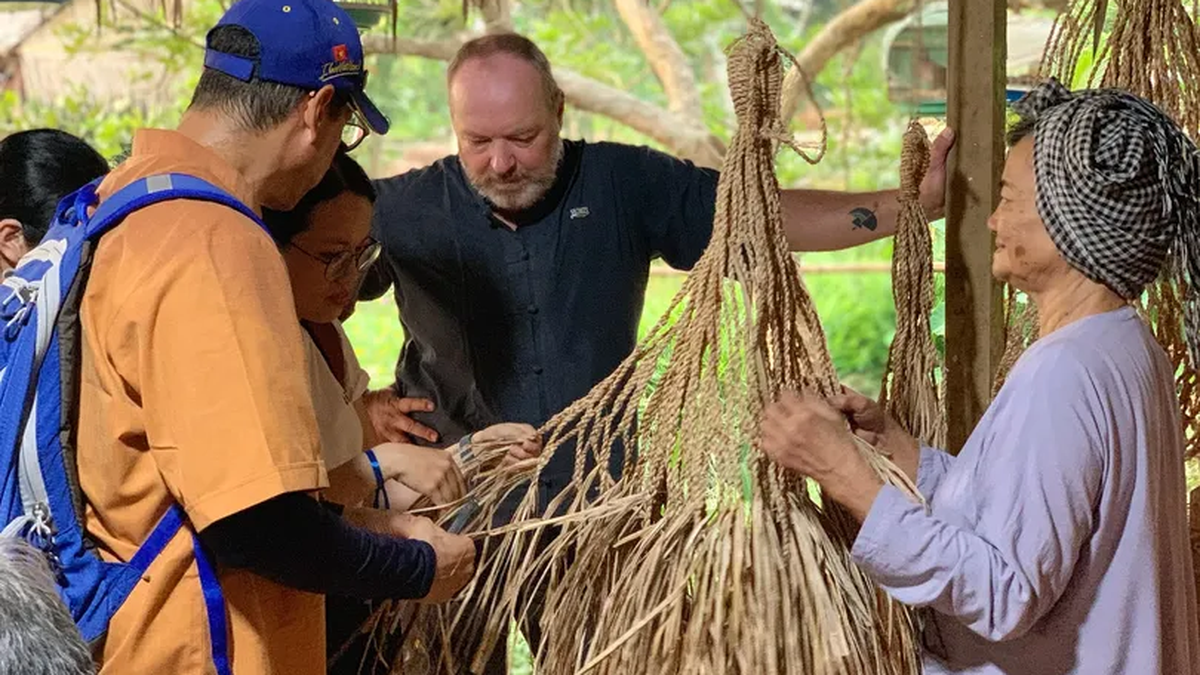
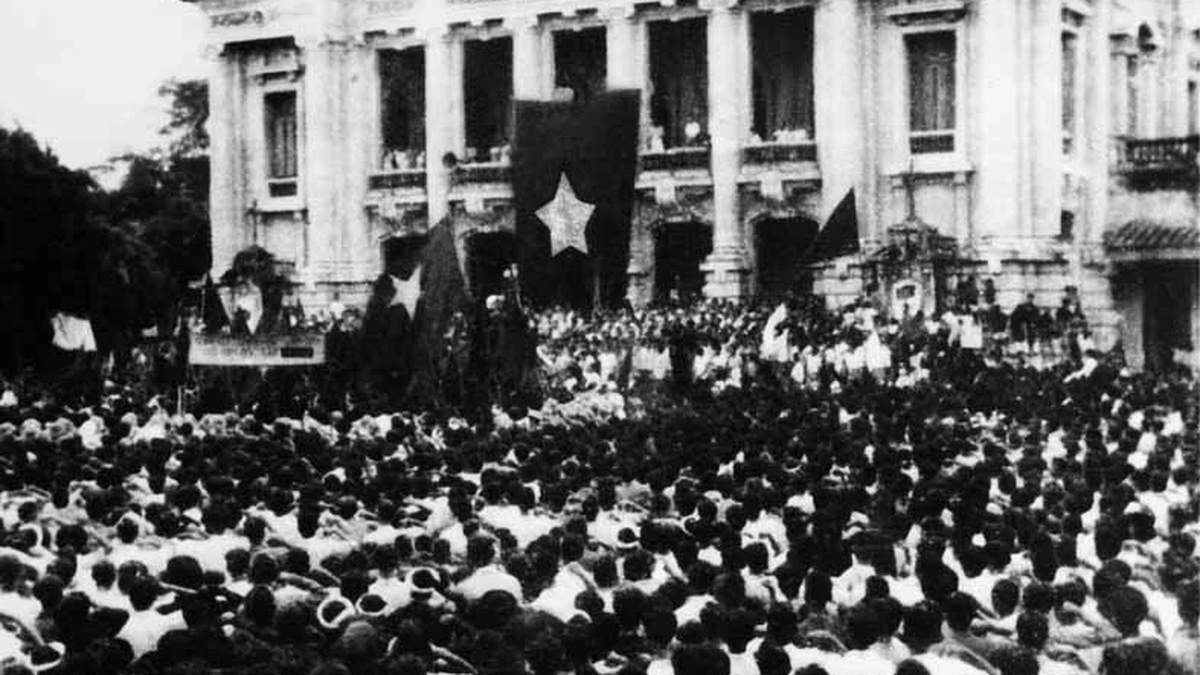

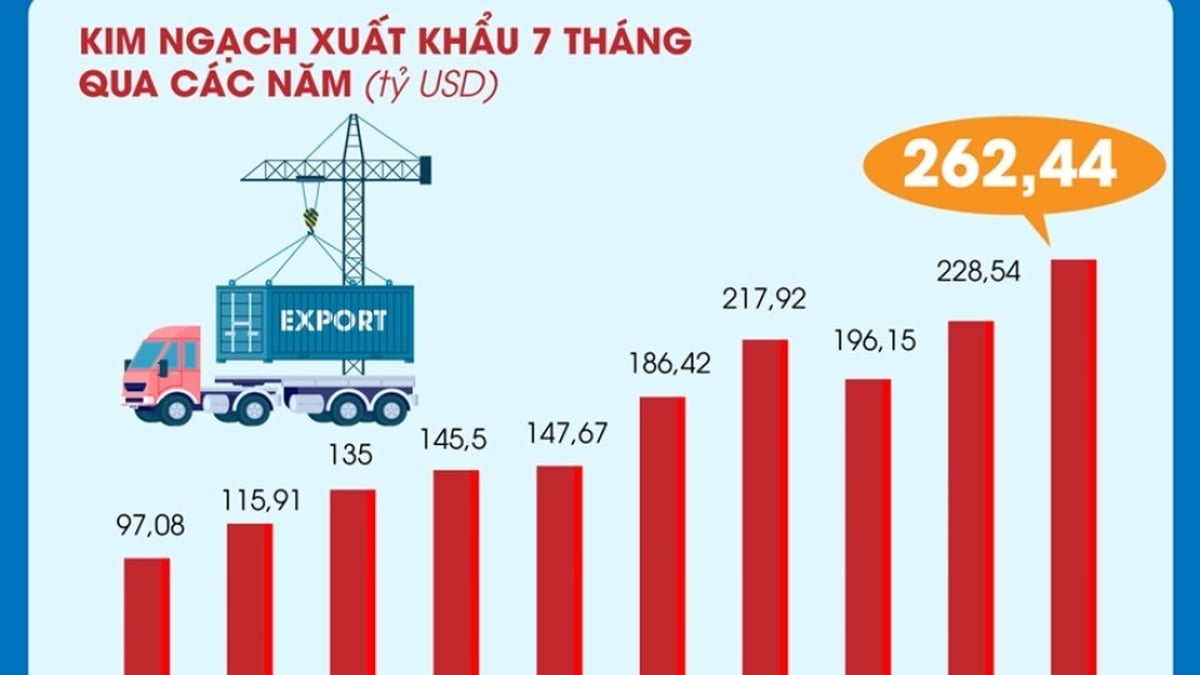

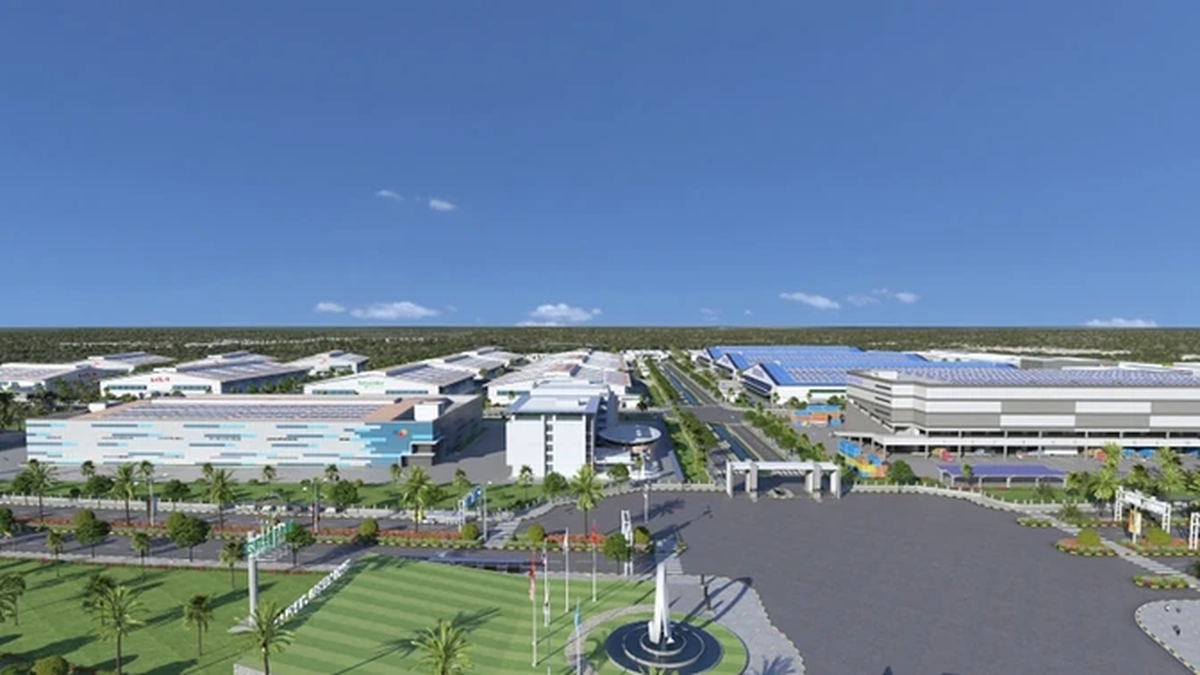
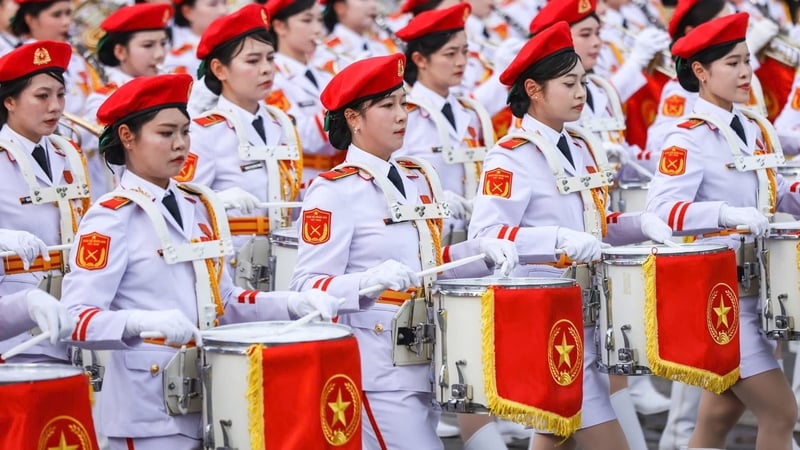










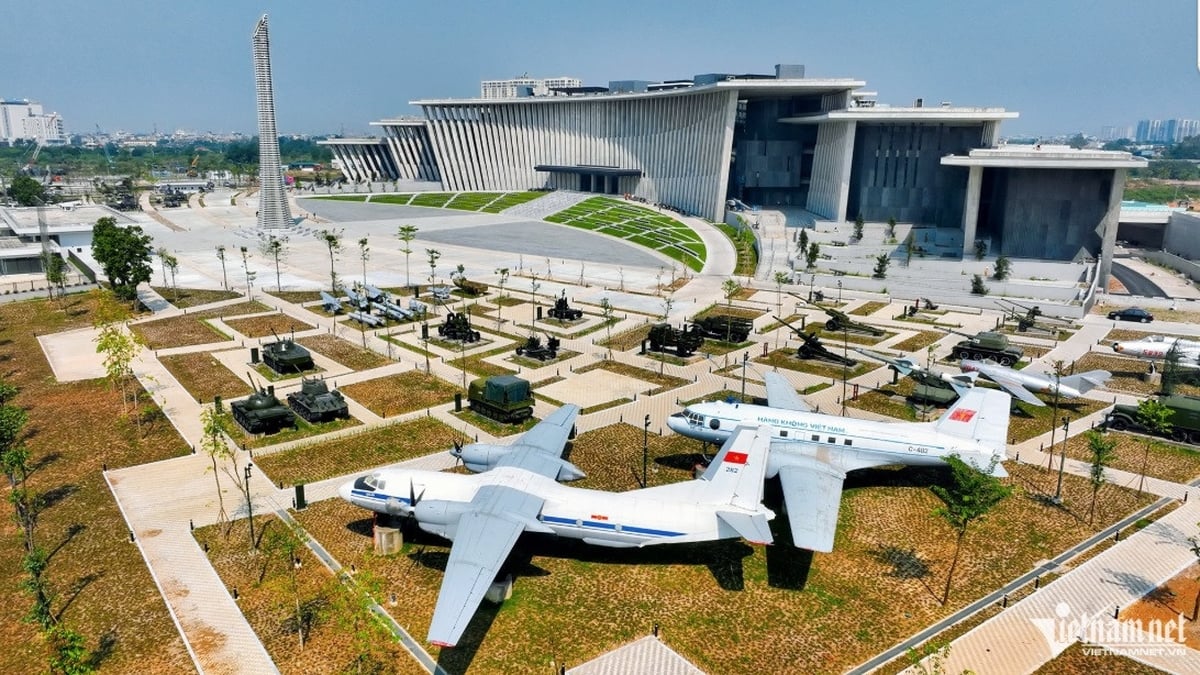
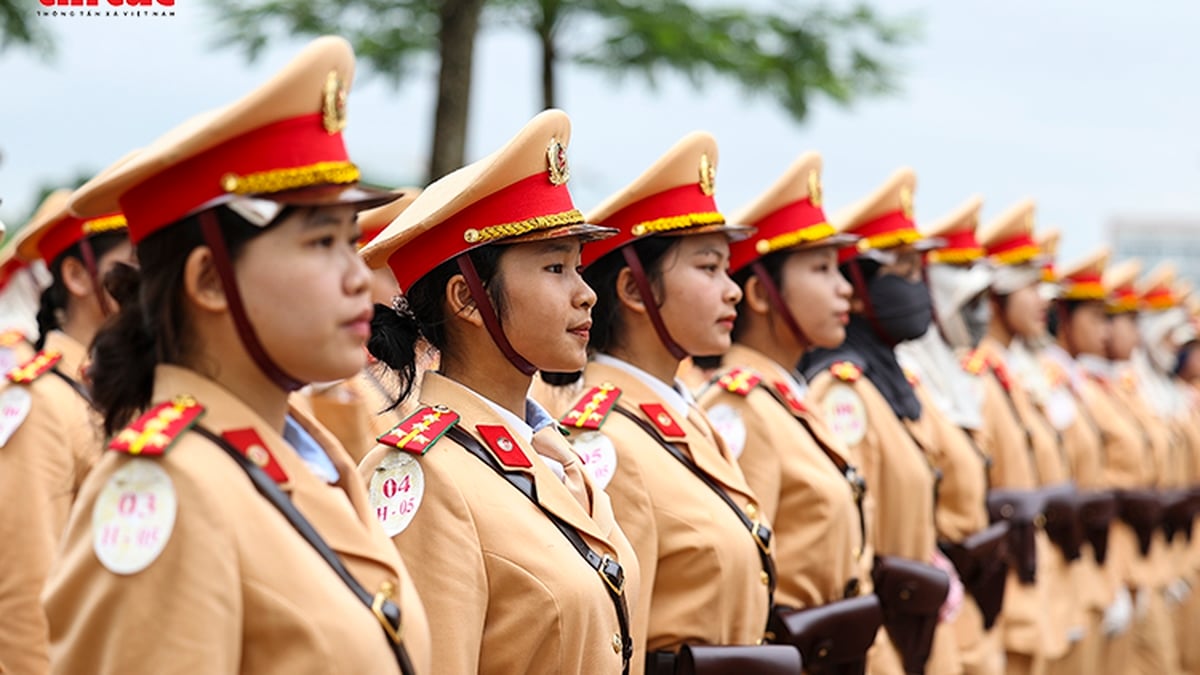
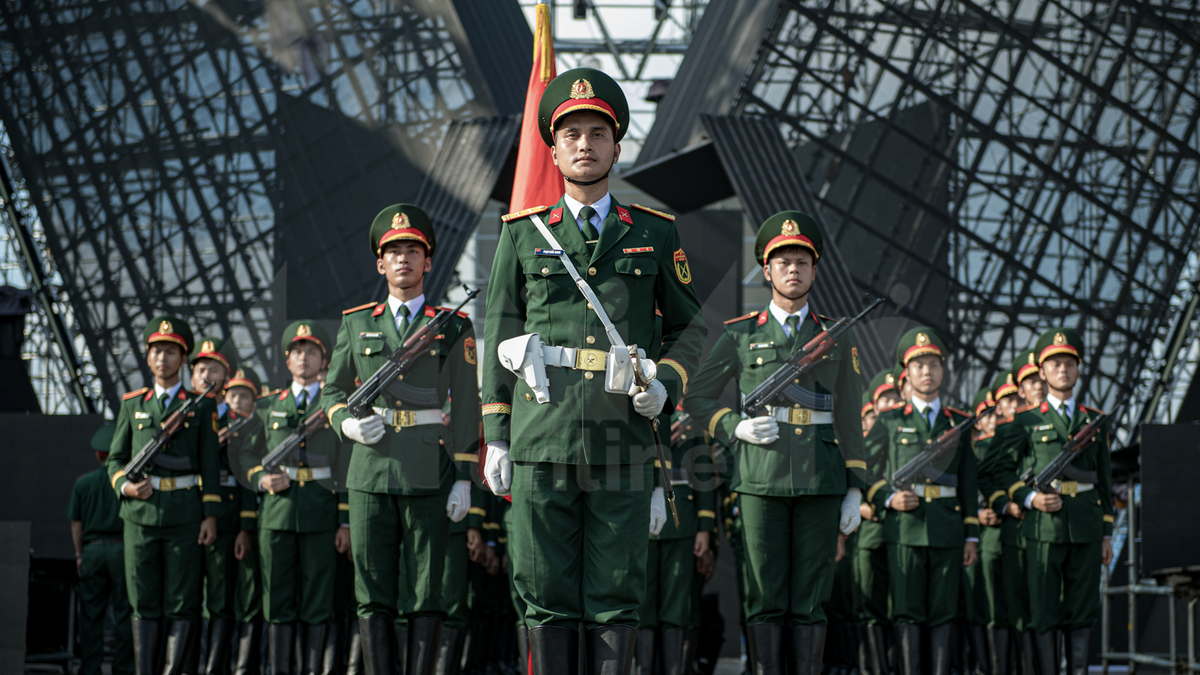


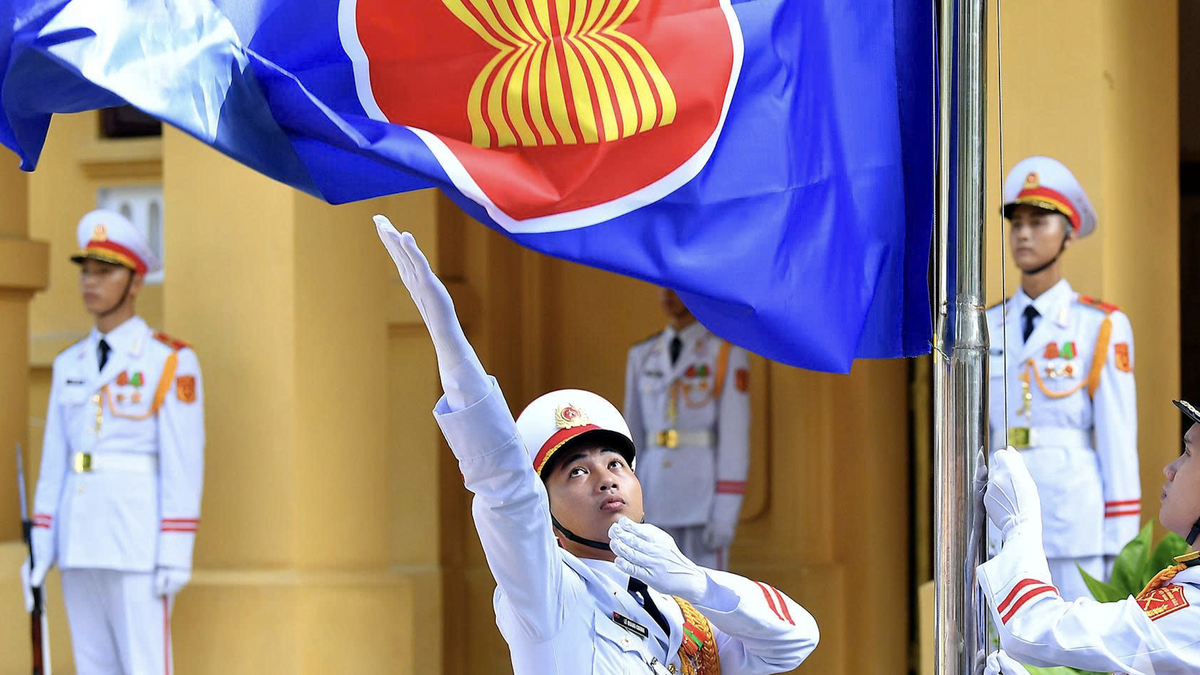



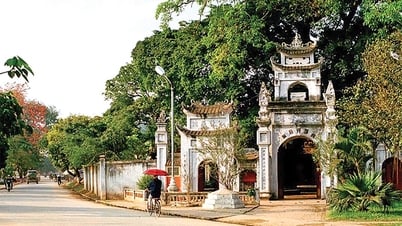


















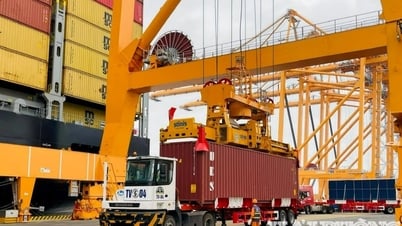

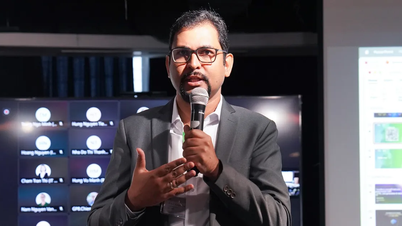



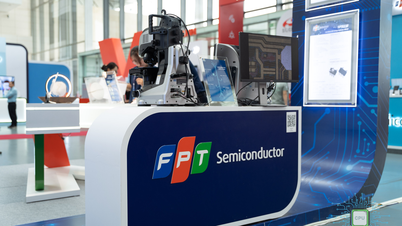


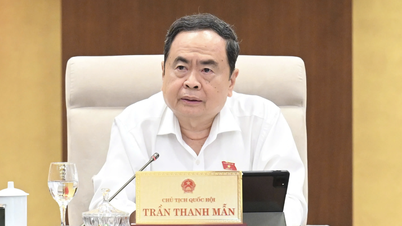

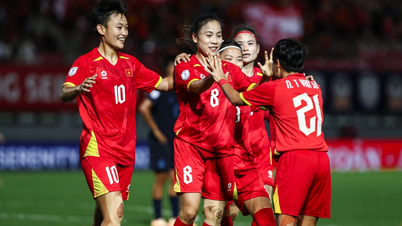
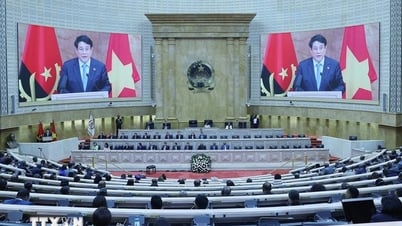



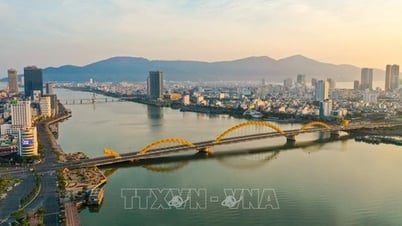


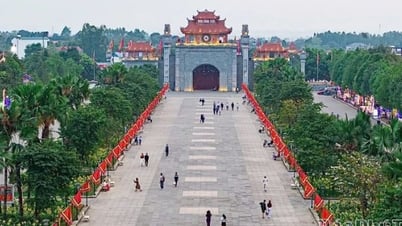
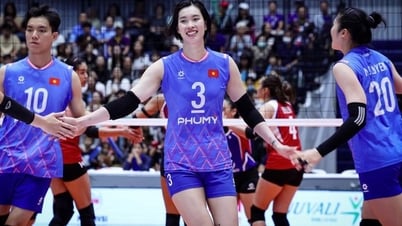
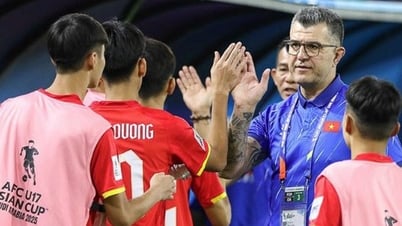




















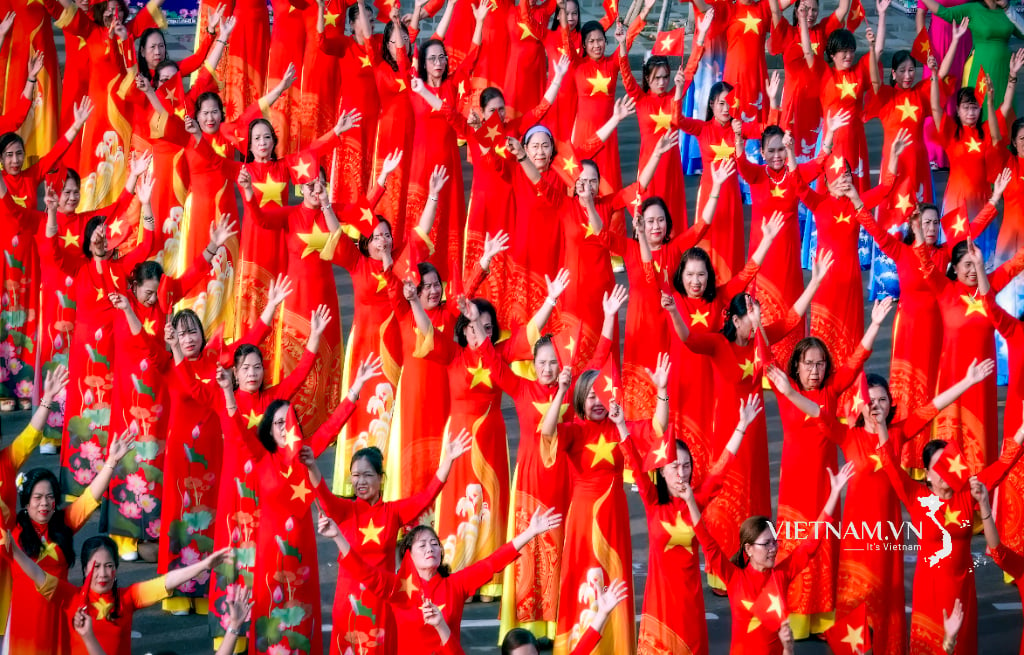
Comment (0)